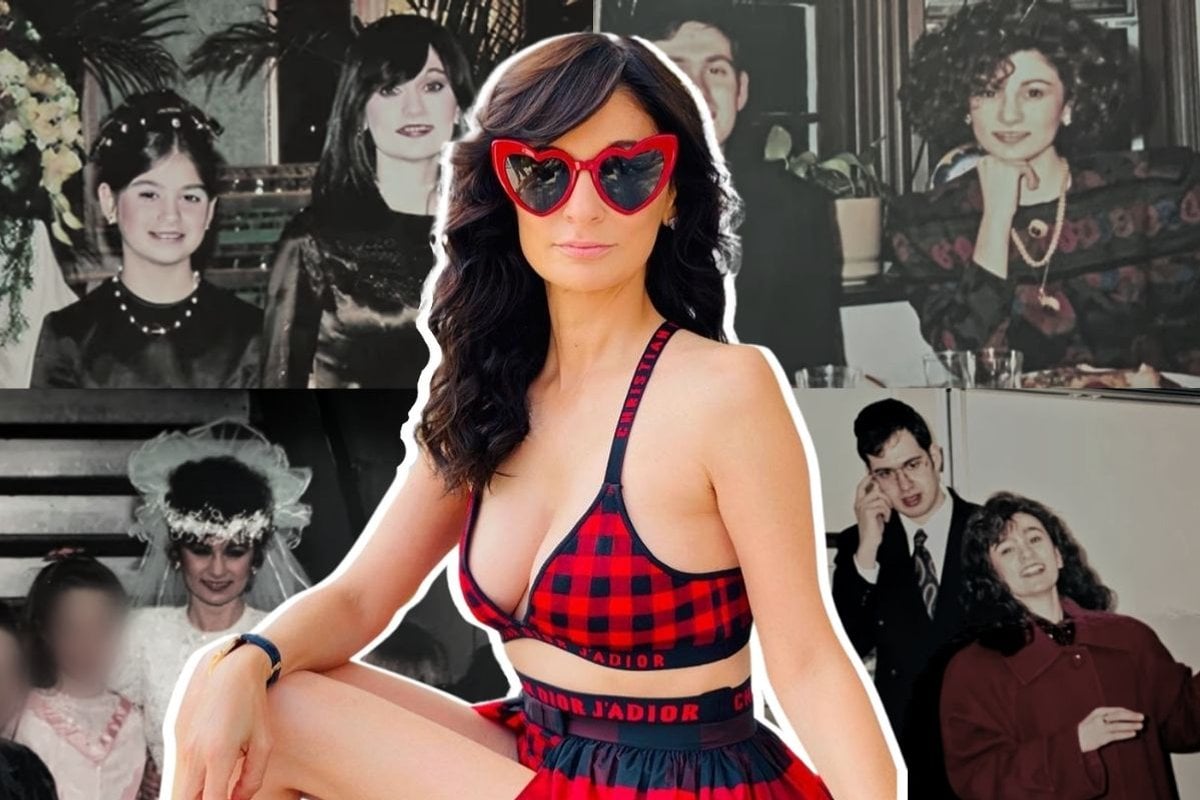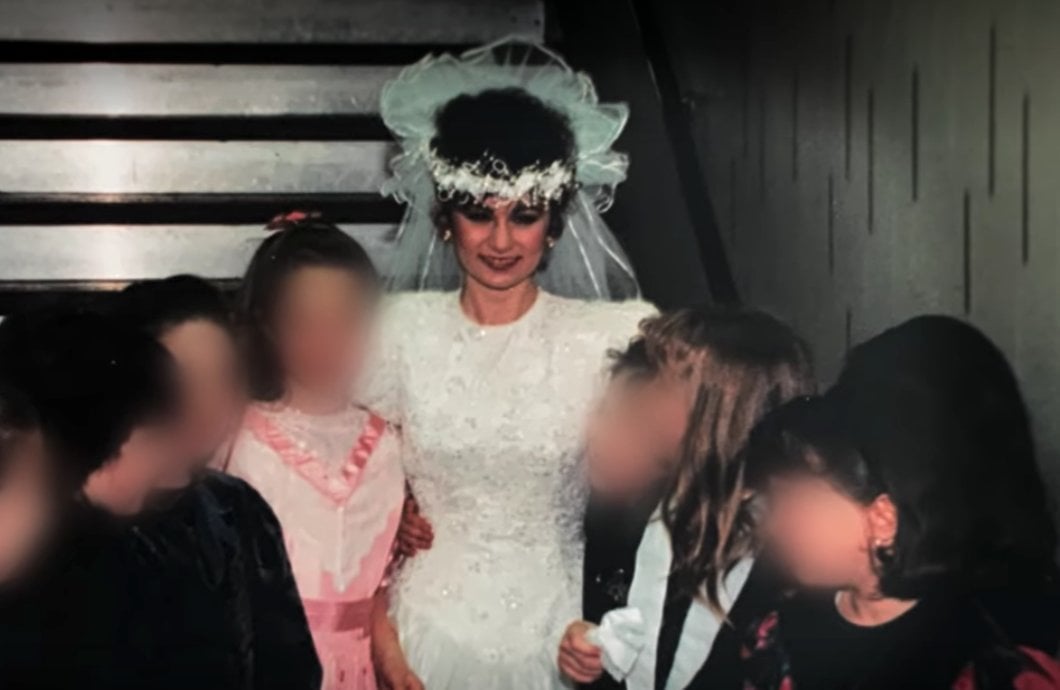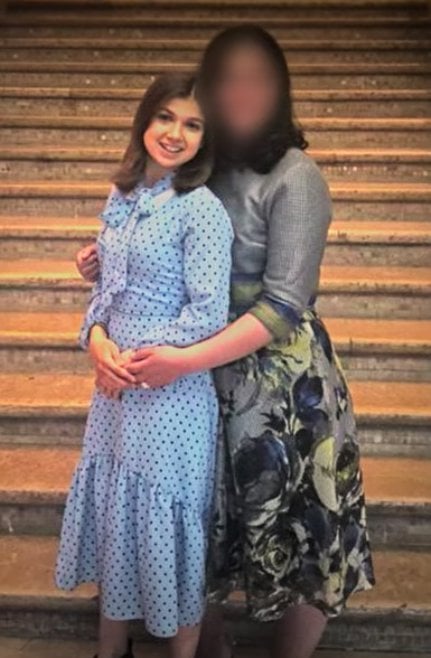
Julia Haart is one of the most influential names behind the scenes of the fashion and modelling world.
As CEO of Elite World Group, the world's largest modelling network, the 50-year-old designer and entrepreneur lives and breathes the newest trends, the biggest clients and considers herself a 'disrupter' of an industry that is still steeped in out-dated and sexist patterns.
She is the exact mirror-image opposite of the person she was just a decade ago - a married, mother-of-four living a strict ultra-Orthodox Jewish lifestyle that didn't allow her to even wear pants or drive a car, let alone spearhead a fashion and modelling empire.
Her life, and that of her children, is being featured in a new Netflix reality TV series called My Unorthodox Life, as they continue to navigate both their old and new worlds.
Watch the trailer below. Post continues after video.
But after watching the series, we had to dig deeper into the incredible backstory of Julia Haart.
Here's everything we know:
The life she left behind.
Haart grew up and lived in the ultra-Orthodox Jewish community of 'Yeshivishe Heimishe' in Monsey, New York, until she was in her early 40s.




